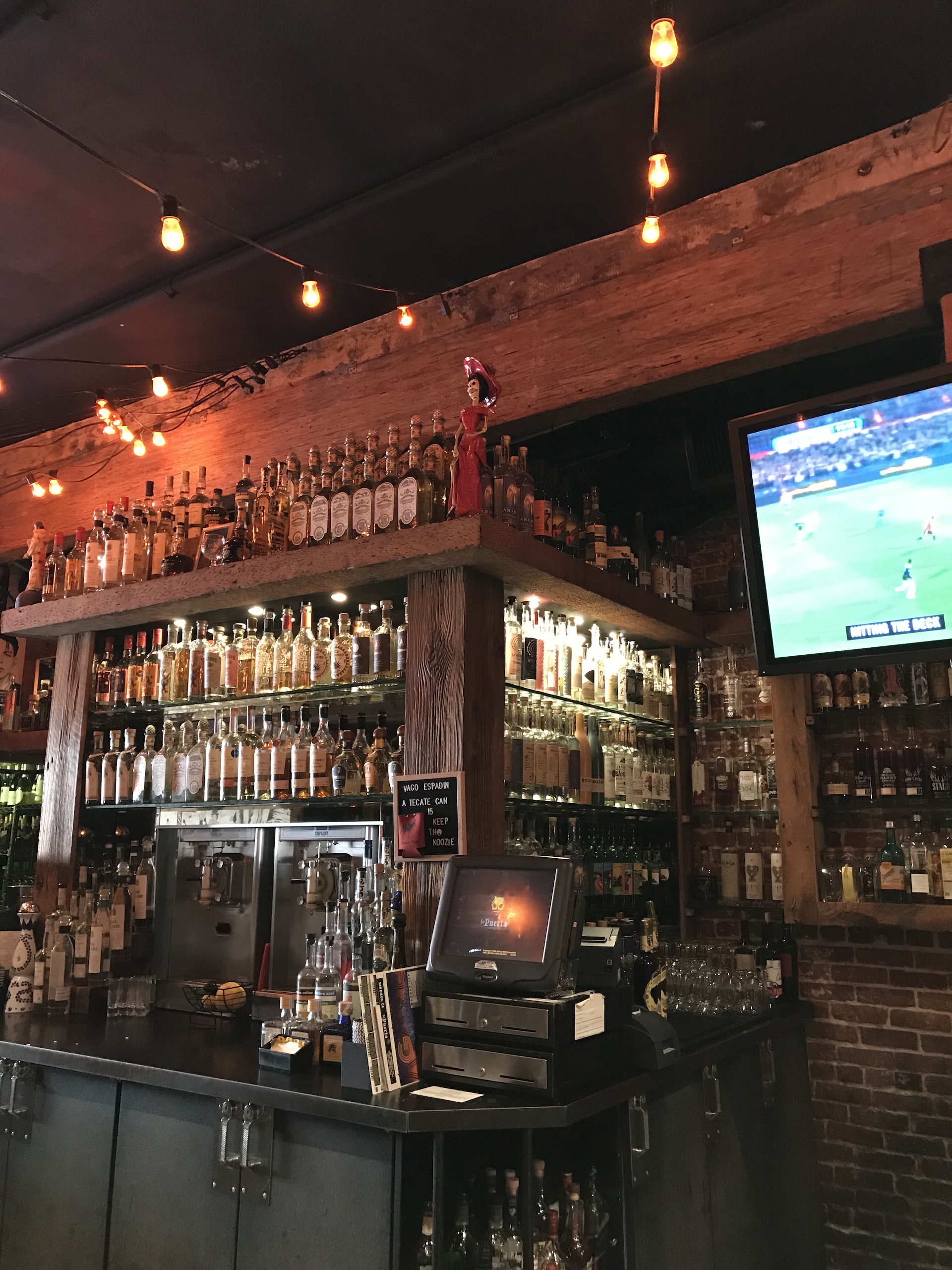Case Study Challenge
Objective
Restaurants face various challenges, including managing inventory, ensuring food safety, minimizing energy consumption, and delivering exceptional customer service. The integration of IoT technology offered an innovative solution to address these challenges and drive digital transformation in the restaurant industry.

01
Solution
Objective
Multiple IoT solutions were deployed to address different aspects of restaurant operations and customer experience.
02
Inventory Management
Objective
IoT sensors were used to monitor inventory levels in real time. By automating inventory tracking, restaurants could ensure optimal stock levels, reduce wastage, and streamline procurement processes. Alerts and notifications were generated when stock levels were low, ensuring timely restocking.
03
Food Safety Monitoring
Objective
IoT-enabled temperature and humidity sensors were deployed in refrigerators, freezers, and storage areas to ensure food safety compliance. Real-time monitoring and automated alerts prevented the spoilage of perishable items, reducing the risk of serving compromised food to customers.
04
Energy Management
Objective
Smart energy monitoring systems were implemented to track energy usage in the restaurant. IoT devices captured data on electricity consumption, heating, ventilation, and air conditioning (HVAC) systems, and lighting. Insights from the data helped identify energy-saving opportunities and optimize resource consumption, leading to cost savings and sustainability.
05
Customer Experience Enhancement
Objective
IoT technologies were utilized to enhance the dining experience for customers. For instance, tableside ordering systems equipped with IoT devices enabled customers to place orders directly from their tables, reducing wait times and improving order accuracy. IoT-powered digital signage and personalized recommendations enhanced customer engagement and upselling opportunities.
06
Predictive Maintenance
Objective
IoT sensors were employed to monitor equipment health, such as ovens, grills, and dishwashers. Real-time data on machine performance and usage patterns allowed proactive maintenance scheduling, minimizing unplanned breakdowns, and reducing operational disruptions.
Results
The adoption of IoT solutions in the restaurant industry yielded several significant benefits:
● Streamlined inventory management, reducing stockouts and minimizing wastage.
● Enhanced food safety compliance and reduced the risk of serving compromised food.
● Optimized energy consumption, resulting in cost savings and sustainability.
● Improved customer experience through efficient order processing and personalized recommendations.
● Reduced equipment downtime and improved operational efficiency through predictive maintenance.
Conclusion
The successful integration of IoT technologies in restaurants within the US market demonstrated the transformative impact on operational efficiency and customer experience. By leveraging IoT solutions for inventory management, food safety monitoring, energy management, customer engagement, and predictive maintenance, restaurants were able to enhance their overall performance, streamline operations, and deliver exceptional dining experiences. This case study serves as a testament to the potential of IoT in revolutionizing the restaurant industry and offers valuable insights for businesses seeking to leverage IoT to stay competitive in the evolving market landscape






